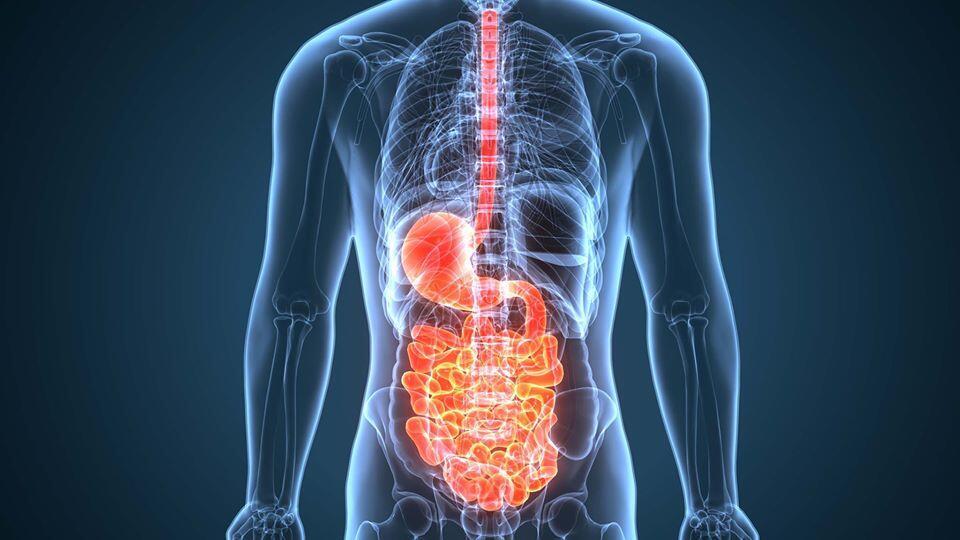Microorganisms are found everywhere in and on the human body. Interestingly, the majority are located throughout the length of the gastrointestinal tract, from the mouth to the rectum. Gut microbiota vary across the anatomical regions of the gastrointestinal tract, influenced by multiple physiological factors, including pH, digesta flow rates (rapid in the mouth to slower in the caecum), substrate availability and host secretions. The low pH in the stomach and rapid transit time with bile acid secretion in the small intestine result in a less dense microbiota in these regions. The large intestine, which is characterized by slow flow rates and neutral to mildly acidic pH, harbours up to 99% of the total microbiota with minimal variations in composition from caecum to rectum.
The gut microbiota has been referred to as a “neglected organ”. The total number of microbial agents found in the human body is often quoted as being 10-fold greater than the total number of human body cells, with 150 times more genes in the total microbiome than the human body. Although more recent studies suggest a cell ratio closer to 1:1, the gut microbiota still plays an important structural and physiological role in digestion, nutritional homeostasis and immunological, endocrine, metabolic and neuropsychological functions.。
Author: Dr Steven Loo, Professor Tsui Kwok Wing, Stephen



Recent Comments